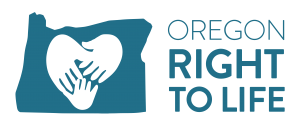Adult stem cells helping stroke victims
Fifteen years ago, scientists were denigrating the potential of adult stem cells, instead focusing on stem cells from human embryos and seeking funding for their research. These scientists branded adult stem cells advocates as “anti-science” for expressing ethical concerns and scientific doubts about using stem cells from destroyed human embryos. However, time has shown that adult stem cells are effective in the treatment of dozens of diseases, while the use of embryonic stem cells has not lived up to the hype.
Recently, a research study published in the journal Stroke detailed encouraging results in the use of adult stem cells to treat patients with brain damage and significant motor deficits. The study is “creating significant buzz in the neuroscience community because the results appear to contradict a core belief about brain damage — that it is permanent and irreversible,” according to Ariana Eunjung Cha of the Washington Post. Lead author Gary Steinberg, chief of neurosurgery at Stanford University, explained that all eighteen patients experienced improvement following the injection of adult stem cells (harvested from bone marrow) into parts of the brain damaged by stroke. Patients who had not been able to move their arm or leg or walk for months or years were able to lift their arms and legs. One 71-year-old wheel-bound patient was walking again.
Cha explains that results of this research, which stunned scientists, “could have implications for our understanding of an array of disorders including traumatic brain injury, spinal cord injury and Alzheimer’s if confirmed in larger-scale testing.” [www.lifenews.com/2016/06/02/
Teen abortion and pregnancy rates reach all-time low
New figures from the National Center for Health Statistics and the pro-abortion Guttmacher Institute show the number of teen abortions and pregnancies have reached an all-time low. This is consistent with a larger trend in the U.S. In 2015, the Centers for Disease Control reported that, in 2012, abortion numbers had reached an all-time low since 1973, the year the Roe v. Wade decision legalized abortion. At their high decades ago, one in three pregnancies ended in abortion. Today, that number is one in five.
In 2011, the teen abortion rate also reached its lowest point since 1973. The rate of 13.5 per 1,000 women is a drop of nearly two-thirds since a peak in 1988. The largest drop in teen abortion numbers was among teens 15 to 17, with a 44 percent decline; abortions among teens 18 and 19 dropped 25 percent.
Newly-released government numbers confirm that teen pregnancy and birth rates are also declining. The 2014 teen birth rate hit its lowest point since the government began collecting data in the 1940s. Also, fewer teens are having sex. In 1988, 51 percent of unmarried teen girls said they had sex, compared to 44 percent in 2011-2012, according to the National Survey of Family Growth.
Oregon’s statistics mirror the national trend. In 2014, Oregon’s teen abortion, birth, and pregnancy rates showed all-time lows in all categories.
These encouraging statistics indicate that teens are responding to pro-life educational efforts, abstinence education, and life-affirming resources. Technology, including ultrasound photos and videos, continue to humanize the unborn baby. Pro-life laws have also been effective in lowering teen abortion rates. [www.lifenews.com/2016/04/12/
California legalizes assisted suicide
On June 9, California’s new assisted suicide law took effect. The state joined Oregon, Washington, and Vermont in legalizing a practice that opens doors to abuses of the vulnerable, elderly, and disabled. The California bill is modeled after Oregon’s, which passed in 1994.
Proponents of the new law insist it is necessary to provide “compassionate aid in dying for terminally ill patients.” Opponents, including disability groups, medical professionals, pro-lifers, and others warn of the potential for horrendous human life abuses. National Right to Life’s Carol Tobias maintains the law “shows a blatant disregard for the lives of California’s medically vulnerable citizens and sends a message to these citizens that their lives are less worthy to be lived.” The law does not provide for investigations of abuse claims.
California’s new law does not require psychiatric evaluations, yet the majority of terminally ill patients desiring death suffer from treatable depression. In Oregon, fewer than six percent of patients have been referred for psychiatric evaluations prior to obtaining lethal drugs. In Oregon, there have been several cases where cancer patients have been pushed toward assisted suicide because it was cheaper than the medical treatment they needed. Oregon Right to Life has published a pamphlet, “Safeguards Don’t Work.” It can be ordered from the state office (503-463-8563) or downloaded at www.ortl.org/thefacts/
Abortions hurt fathers too
After decades of legal abortion, the public has begun to recognize the emotional and physical consequences of abortion on women. However, the impact of a woman’s abortion decision on the father and siblings of the aborted baby is often lost. Fathers often suffer from grief, guilt, anger, depression, and other psychological problems.
Victoria Thorn, founder of the National Office for Post Abortion Reconciliation and Healing laments, “Few people ever address the psychological impact.” In a 2007 interview, Steve Bozza, director of the archdiocesan Office for Life and Family, said that men are involved in 95 percent of all abortion decisions and are often “profoundly impacted” by the abortion of their child. “Similar to women, when men experience deep healing of post abortion pain, they are freed from the shame and guilt that feeds silence and isolation. There is a willingness to share their experience with others because they finally recognize that their feelings are normal, they are not alone.”
Planned Parenthood, and other pro-abortion groups, have fought hard to prevent the father from having any influence, or even know, about his partner’s abortion, much less prevent it. Planned Parenthood’s attitude can be summed up by Louise Taylor, vice president of medical affairs, when she said, “It doesn’t matter how much men scream and holler that they are being left out [of the abortion decision]. There are some things that they are never going to be able to experience fully. I say ‘tough luck.’”
Fathers whose babies have been aborted can find help at: www.fatherhoodforever.org, www.menandabortion.info, www.afterabortion.org, and www.theunchoice.com/men. [www.lifenews.com/2016/06/08/
Planned Parenthood: every affiliate now does abortions; sued for $377 million in Medicare fraud
In 2011, Planned Parenthood began requiring every one of its affiliates do abortions. A new merger of an affiliate in Kansas with a central Oklahoma affiliate appears to be the last to begin complying with the abortion mandate, ensuring that all 820 Planned Parenthood clinics nationwide either do abortions or provide abortion referrals to a Planned Parenthood abortion center.
Planned Parenthood CEO Cecile Richards recently trumpeted the construction of a new abortion facility in New Orleans, Louisiana. In late May, at the grand opening of the facility, Richards said, “We definitely built this so we can provide abortions!” According to Ben Clapper, the head of Louisiana Right to Life, Richards is aiming for an increase in abortion numbers. Planned Parenthood documents show that the abortion giant plans to sell 2,844 abortions on the new site yearly over and above abortions already being performed elsewhere in New Orleans. If Richards’ plan works, that will increase the number of abortions in the state by 28 percent.
In addition to aborting babies and building new facilities, Planned Parenthood also engages in Medicare fraud, a recent lawsuit contends. Jonathan Bloedow, a Washington taxpayer and “whistleblower”, alleges that the abortion giant filed at least 25,000 false claims for contraceptive reimbursements. Last year, Alliance Defending Freedom, in a report to Congress, identified more than $129.7 million in waste, abuse, and potential fraud by Planned Parenthood, state family planning programs, and other organizations. www.lifenews.com/2016/05/27/
Sex trafficking victims suffer forced abortions
Sex trafficking of young girls is a growing problem in the United States. The Department of State estimates that between 14,500 and 17,500 people are trafficked annually. A survey by that department found that 55 percent of sex trafficking victims have had at least one abortion, with more than half saying they were ordered to have abortions by their traffickers. Thirty percent have had multiple abortions.
Cindy Collins, a pro-lifer who works in Louisiana, said pregnancies and abortions are common among sex trafficking victims. Collins explains, “That is a deep trauma, not only the abortion experience, but the deep feelings of regret because this is a life she never intended to live, and now it’s taken the life of herself and her child, a second victim.” [sex-trafficking-victims-often-forced-by-their-abusers-to-have-multiple-abortions-one-had-17]




